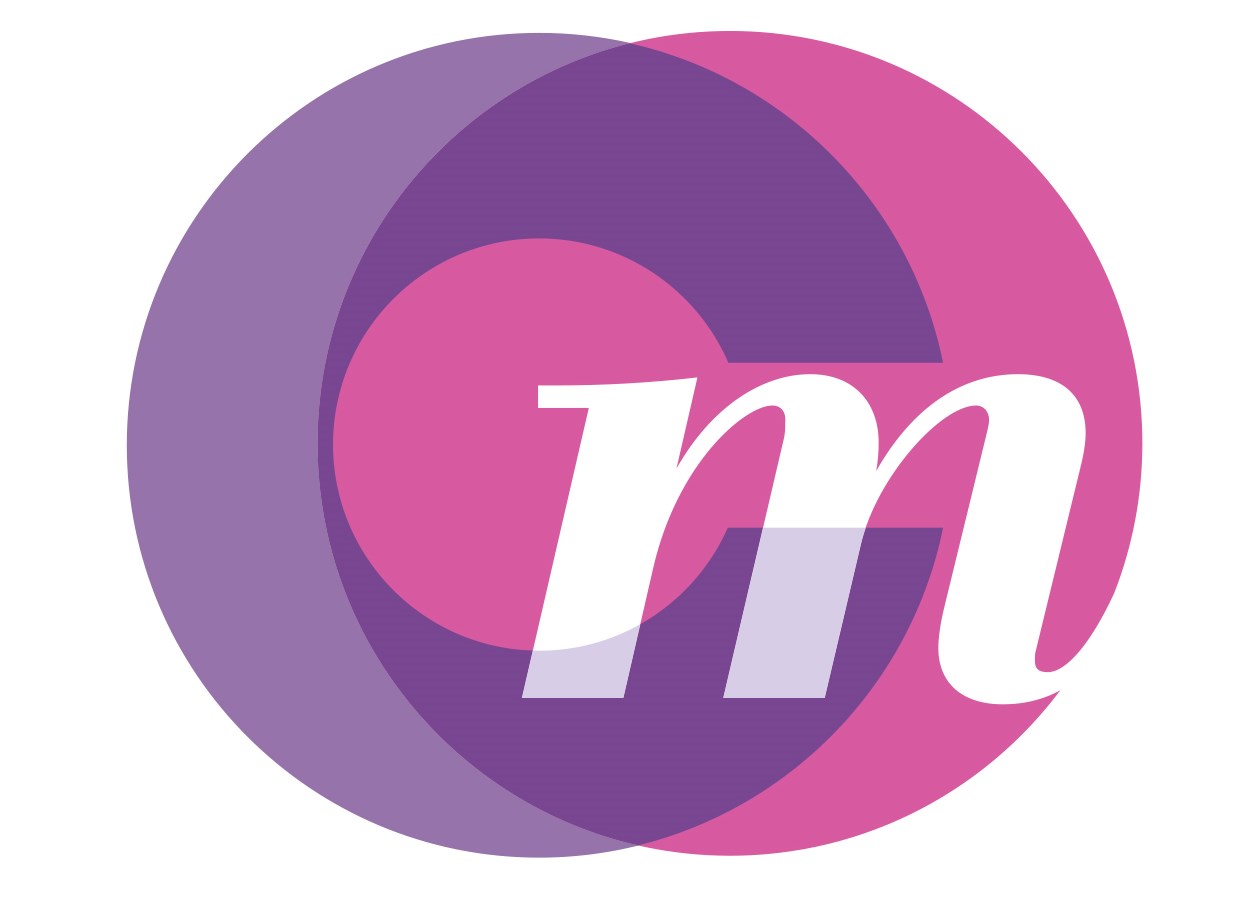Shawn Anchor wrote this in HBR. He’s a genuinely entertaining speaker and you can watch him at ted.com as well.
Nearly every company in the world gives lip service to the idea that “our people are our greatest asset.” Yet when the Conference Board Survey came out earlier this year, employees were the unhappiest they have been in their 22 years of tracking job satisfaction rates. Around the same time, CNNMoney reported a survey that indicated 84% of Americans are unhappy with their current job. And earlier this month, Mercer’s “What’s Working” survey found that one in three US employees are serious about leaving their current jobs.
Why is this lack of happiness at work important? Job satisfaction is not only the key predictor of turnover rates, in The Happiness Advantage, I make the research case for the fact that the single greatest advantage in the modern economy is a happy and engaged workforce. A decade of research proves that happiness raises nearly every business and educational outcome: raising sales by 37%, productivity by 31%, and accuracy on tasks by 19%, as well as a myriad of health and quality of life improvements. Yet even those companies that do take leadership training seriously still ignore the role that happiness plays in leadership effectiveness.
Given the unprecedented level of unhappiness at companies and the direct link between the employees’ happiness and business outcomes, the question is NOT whether happiness should matter to companies. Given this research, it clearly should. The real question is: Can a company do anything to raise the happiness level of an employee?
To test the ROI of investing in happiness, I wanted to find a company in the midst of high challenge. In 2009, I chose the auditing and tax accounting firm KPMG, as they were about to be hit with perhaps the most stressful tax season in decades after the banking crisis in 2008.
January to April is the most stressful time for the managers at KPMG, so in December, half of the managers in the study at the New Jersey and New York offices were provided a three-hour introduction to positive psychology research and how to apply those principles at work. The employees were then evaluated three times — before the training, a week after the training, and four months later in April — using a battery of standard metrics including life satisfaction measures, perceived stress, social support, perceived effectiveness at work and work optimism.
Every single positive metric improved significantly for the trained group between Time 1 (before the training) and Time 2 (a week after the training). This indicated that the training was an initial success, but the real question is whether the training would hold. There is often a “honeymoon effect” after trainings in which respondents feel totally changed, then immediately return back to their previous state as soon as they see their inbox.
Yet in this case, the effect held for the entire four months. Most significantly, the life satisfaction scores, which indicate personal and professional happiness, were significantly higher four months later as compared to how the managers were before the training, and also as compared to the managers in the control group. A brief three-hour training and a non-mandatory invitation to create a positive habit for 21 days created a high ROI not only in the short-term, but in the longer term as well.
Individuals can begin to do two things on their own. First, recognize that happiness is an advantage at work. This will encourage you to seek happiness in the present instead of waiting for a future success. As a result, your brain will have more resources necessary to accomplish your work. Second, you can literally train your brain for higher levels of happiness at work by creating habits shown to increase job satisfaction. In the training with KPMG, we suggested five:
Write down three new things you are grateful for each day;
Write for 2 minutes a day describing one positive experience you had over the past 24 hours;
Exercise for 10 minutes a day;
Meditate for 2 minutes, focusing on your breath going in and out;
Write one, quick email first thing in the morning thanking or praising a member of your team.
Gratitude, focusing on positive experiences, exercise, meditating, and random acts of kindness are all ways to change the pattern through which your brain views work. And if you have other tips you’ve tried on your job, please share them in the comments! This research is only the beginning of understanding how to create and sustain a positive and engaged workforce. These findings clearly indicate that not only can a company influence the happiness of its employees with a short intervention and low investment of resources, but the effects are sustained even in times of great challenge.
 Chiswick Marketing
Chiswick Marketing